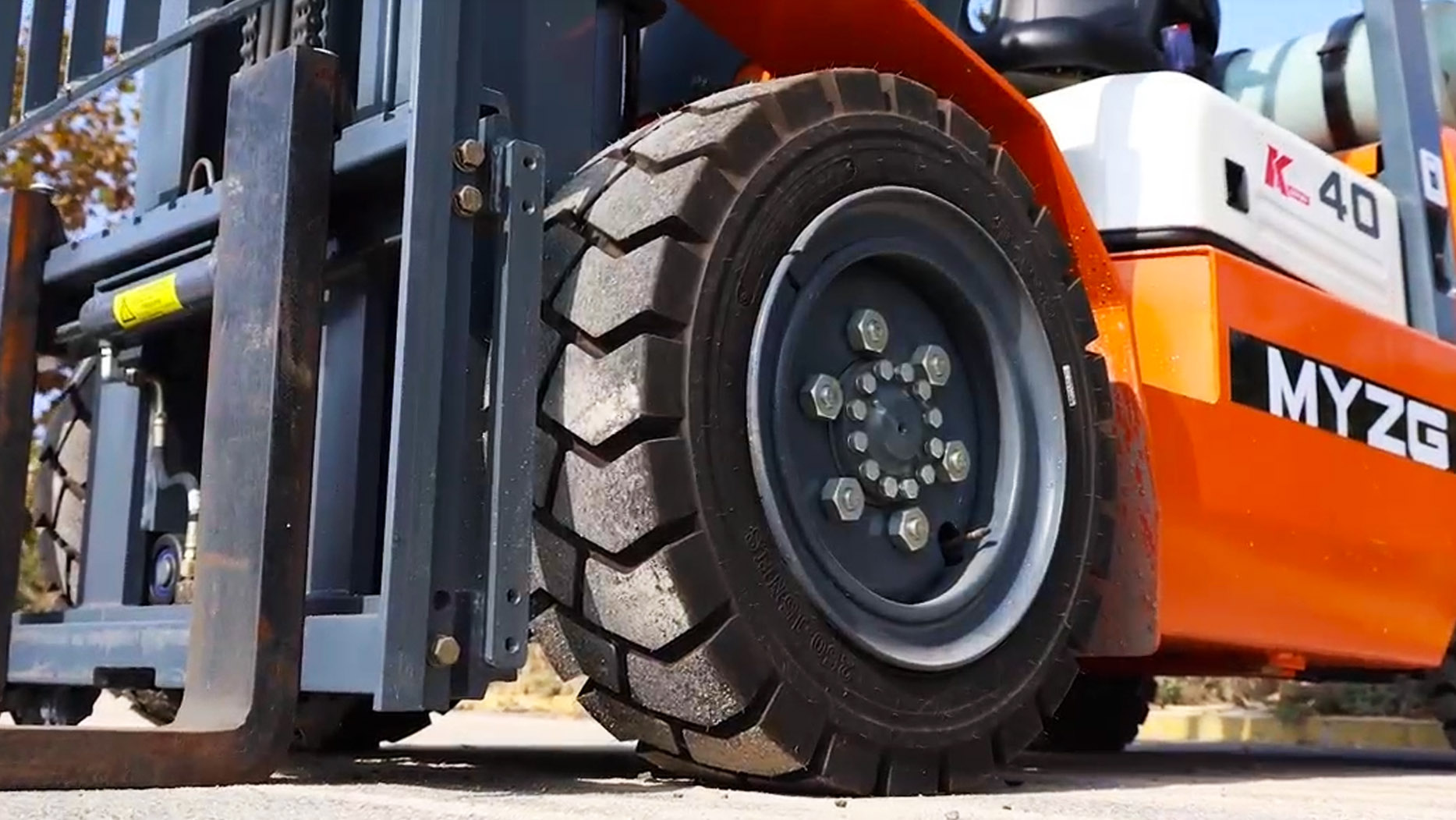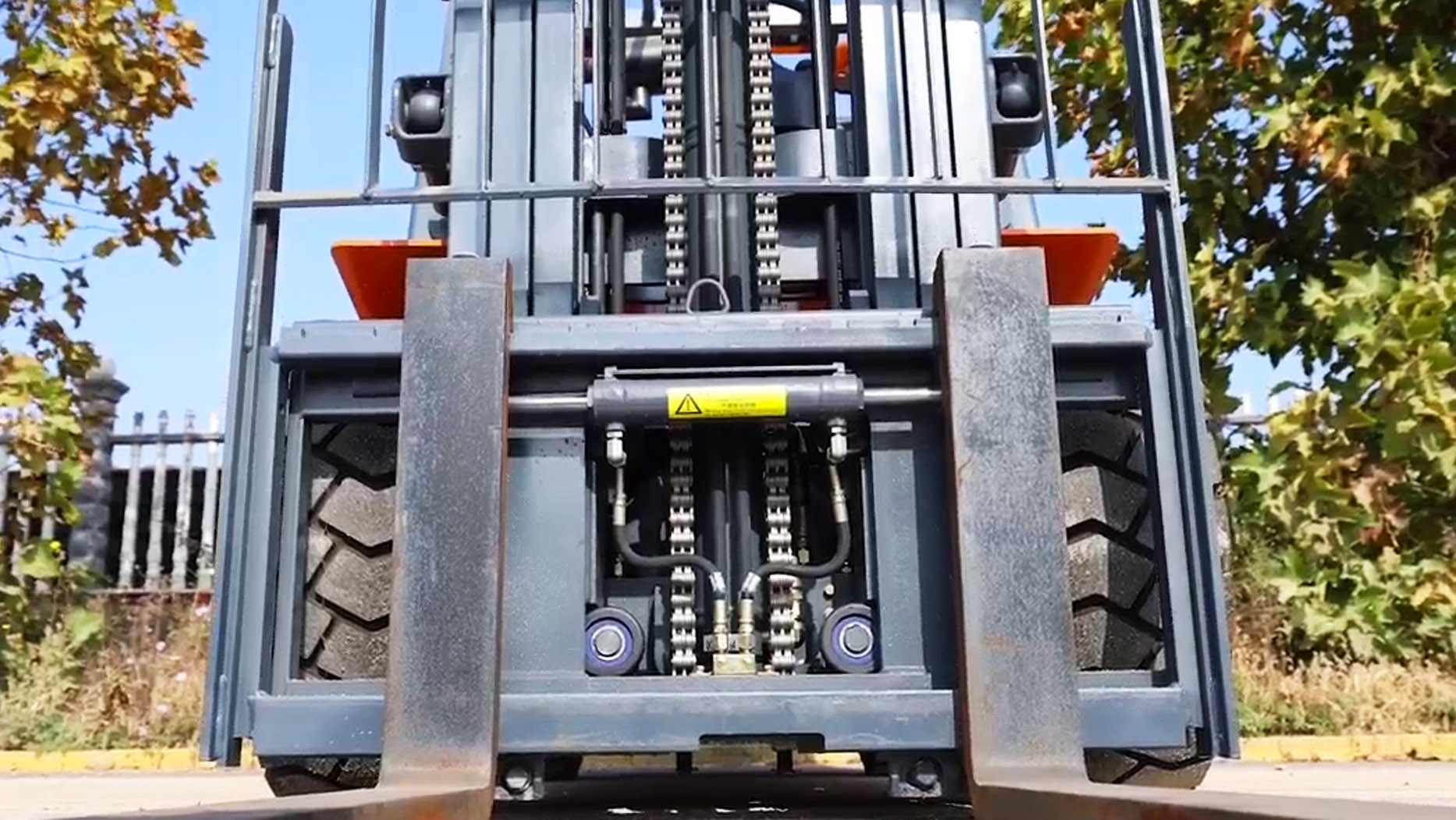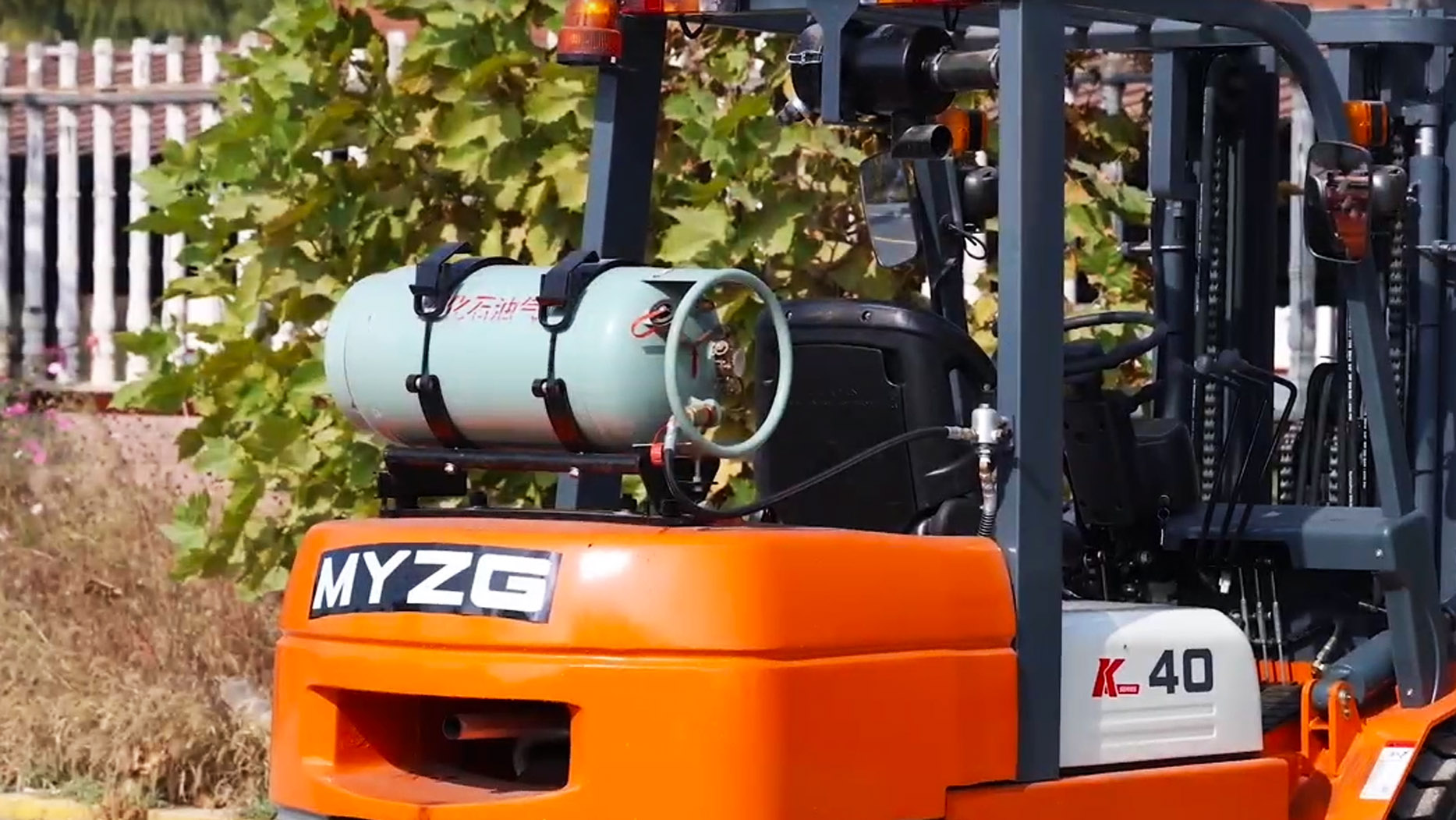The construction site is a dynamic environment, demanding versatile machinery capable of performing a multitude of tasks. Two machines frequently encountered in this setting are the excavator and the forklift. While both are involved in material handling, and casual observation might suggest a superficial similarity, the question arises: Is an excavator a forklift? The answer, unequivocally, is no. This article will delve into a technical comparison of these two machines, highlighting their distinct designs, functionalities, and intended applications to demonstrate why they are fundamentally different pieces of equipment.
Defining the Core Functions:
Before dissecting the technical specifications, it's crucial to understand the primary purpose of each machine. An excavator is fundamentally a digging machine. Its primary function is to excavate earth, rock, and other materials. This involves digging trenches, foundations, and moving large quantities of soil. A forklift, on the other hand, is designed for material handling, specifically for lifting and transporting palletized loads. Its core function revolves around efficiently moving materials within warehouses, construction sites, and other logistical settings.
Design Disparities: Arm Structure and Lifting Mechanisms:
The most visually apparent difference between an excavator and a forklift lies in their arm structure and lifting mechanisms. An excavator features a boom, stick, and bucket (or other attachments). The boom is connected to the machine's body, providing the primary reach, while the stick is connected to the boom and carries the bucket. This articulated arm allows for a wide range of movements, including digging, swinging, and precise positioning of the bucket. The hydraulic cylinders powering these movements provide significant digging force and a flexible working range.
Forklifts, conversely, employ a vertical mast with a pair of forks. The mast allows the forks to be raised and lowered vertically, enabling the lifting and stacking of palletized loads. The lifting mechanism typically involves hydraulics, but smaller forklifts might use other methods. The focus here is on vertical lifting and stability, ensuring the safe transport of loads. The forks themselves are designed to engage with standardized pallet openings, facilitating efficient handling of unitized materials.
Hydraulic Systems: Power and Precision vs. Lifting Capacity:
Both excavators and forklifts utilize hydraulic systems, but their application and emphasis differ significantly. In excavators, the hydraulic system is designed to provide power for digging and manipulating the arm. The focus is on generating high breakout force for excavating tough materials and precise control for delicate digging operations. The hydraulic cylinders are configured to maximize the force delivered to the bucket, enabling it to penetrate and move substantial volumes of earth.
In forklifts, the hydraulic system primarily focuses on lifting capacity. While power is essential, the critical factor is the ability to safely lift and maneuver heavy loads. The hydraulic system is designed to provide consistent and controlled lifting force, ensuring the stability of the load and preventing accidents. The emphasis is on the safe working load limit (SWL) and the design incorporates features like tilt cylinders for load leveling and side shift mechanisms for precise positioning.
Attachments and Adaptability:
While an excavator primarily uses a bucket for digging, its versatility is enhanced by a wide range of available attachments. These include hammers for breaking concrete, grapples for handling debris, and augers for drilling holes. These attachments extend the excavator's functionality beyond digging, allowing it to perform various tasks on the construction site. However, even with these attachments, an excavator's primary function remains related to earthmoving and demolition, not specifically palletized load handling.
Forklifts are designed for a more singular purpose. While some attachments are available, like clamps for handling non-palletized items or rotating forks for specialized tasks, the core function remains the lifting and transport of palletized materials. The design and engineering are optimized for this specific task, prioritizing stability, lifting capacity, and maneuverability within confined spaces.
Mobility and Maneuverability:
Excavators typically utilize tracks or tires for mobility. Tracked excavators offer excellent stability and traction, making them suitable for rough terrain and challenging digging conditions. Wheeled excavators, on the other hand, offer greater mobility on paved surfaces and can travel at higher speeds. Regardless of the configuration, the excavator's mobility is geared towards navigating the construction site and positioning itself for digging operations.
Forklifts are designed for maneuverability within warehouses and other confined spaces. They generally utilize three or four wheels and are optimized for turning and navigating narrow aisles. The steering mechanism allows for precise control, enabling the operator to position the forks accurately for loading and unloading. While some rough terrain forklifts exist, their primary design focus remains on efficient movement of materials within relatively controlled environments.
Safety Considerations:
Safety is paramount for both excavators and forklifts, but the specific hazards and safety protocols differ. Excavator operation requires careful consideration of the digging area, potential underground utilities, and the stability of the machine on uneven terrain. Operator training emphasizes safe digging practices, awareness of surroundings, and proper use of attachments.
Forklift operation focuses heavily on load stability, capacity limits, and pedestrian safety. Operator training emphasizes proper loading techniques, safe driving practices within warehouse environments, and awareness of blind spots. Forklift safety also involves adherence to strict weight limits and regular maintenance to ensure the integrity of the lifting mechanism.
Regulatory Frameworks and Certifications:
The operation of both excavators and forklifts is often subject to regulatory frameworks and certification requirements. These regulations vary by jurisdiction but generally address operator training, equipment maintenance, and safe operating procedures. Forklift operator certification is often mandatory, reflecting the specific safety concerns associated with material handling and warehouse environments. Excavator operation may also require specific certifications depending on the size and type of machine, as well as the nature of the work being performed.
Conclusion:
While both excavators and forklifts are vital pieces of equipment on construction sites, they serve fundamentally different purposes and are designed accordingly. The excavator is a digging machine, optimized for earthmoving and related tasks, while the forklift is a material handling machine, designed for lifting and transporting palletized loads. Their distinct arm structures, hydraulic systems, mobility characteristics, and safety considerations highlight their fundamental differences. Confusing these machines or attempting to use them interchangeably for tasks outside their intended purpose can lead to inefficiencies, safety hazards, and potential equipment damage. Understanding the distinct capabilities and limitations of each machine is crucial for efficient and safe operation on any construction site. Therefore, to reiterate, an excavator is not a forklift. They are distinct machines with unique roles to play in the construction process.
Post time:Feb.19.2025



